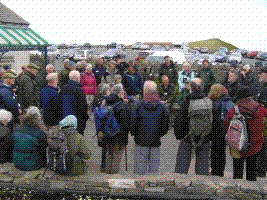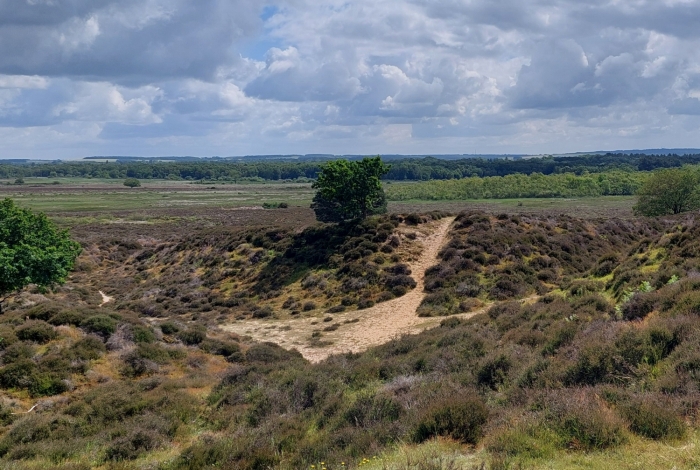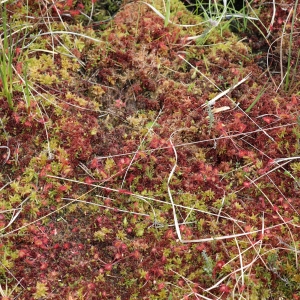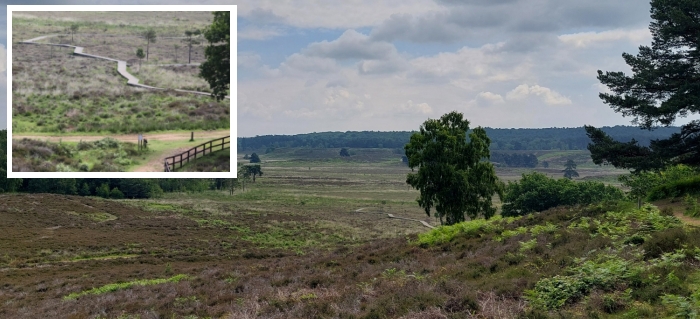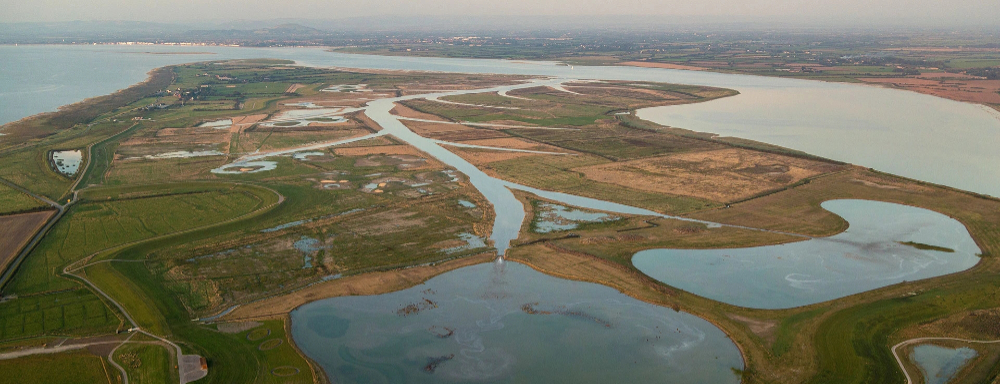49 CLUB REUNION 2026 - NORTHUMBERLAND
EAST CHEVINGTON NATURE RESERVE AND HADSTON LINKS SSSI DRURIDGE BAY,
WILDER WALLINGTON NATIONAL TRUST.
Wednesday 3rd & Thursday 4th June
On Day 1: East Chevington Reserve is part of the reclaimed mining area of Druridge Bay creating a mixed habitat of reedbeds, woodland, meadows and farmland, owned and managed by the Northumberland Wildlife Trust. 20 years of NWT management has produced one of the best bird-watching sites in the County and the restored grasslands contain a range of plants including several orchid species and dyer's green weed. 25 hectares of wildflower meadow have been sown. Adjacent are the dunes and dune slack of Hadston Links SSSI. Accessible hides and paths have helped to produce a wildlife haven next door to a country park with full facilities.
Wednesday 3rd June - East Chevington Nature Reserve Northumberland Wildlife Trust site and Hadstone Links SSSI.
- Meet at Druridge Bay Country Park for picnic lunch.
- Bring your own or buy snacks from the Country Park Café.
- Our visit will include two walk options starting from Druridge Bay Country Park Car Park.
- Both walks will visit a reseeded wildflower meadow, hides overlooking the main pool and provide an opportunity for some dune, and dune slack botany on Hadston Links SSSI.
- Dinner at the Sun Hotel, Warkworth.

|
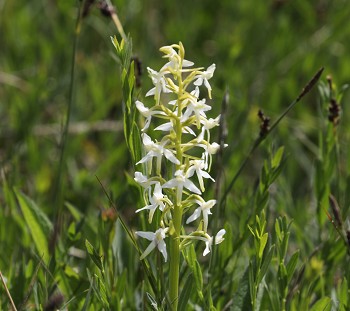
|
On Day 2: we visit rural central Northumberland. Wilder Wallington NT is a project within the large Estate, which also contains the Hall and farmland. A landscapescale restoration project is aiming high and setting out to achieve critical nature-renewal across this vast 5321 ha Estate and beyond and is now improving habitats for red squirrel, bats, raptors, white clawed crayfish and beavers.
Thursday 4th June - Wilder Wallington.
- Meet at National Trust Wallington Hall Car Park.
- An introductory presentation about the Wilder Wallington Project in the Central Hall.
- Shorter and longer walk options to learn more about the large-scale restoration project.
- Event concludes with picnic lunch in the car park or National Trust Café.
FURTHER DETAILS OF THE REUNION EVENT:
DAY 1: EAST CHEVINGTON NATURE RESERVE AND HADSTON LINKS SSSI DRURIDGE BAY
East Chevington Reserve is 185 hectares of reedbeds, woodland, meadows and farmland owned and managed by the Northumberland Wildlife Trust. The Reserve was once the site of a village and drift mine and became an opencast mine in 1982. After restoration the site was acquired by the Northumberland Wildlife Trust in 2003. The area has been transformed in the 20 years of NWT management. It is one of the best bird-watching sites in the county, with the restored grasslands containing a range of plants including several orchid species and dyer's green weed. The Reserve is adjacent to the Druridge Bay Country Park, managed by Northumberland Council which will be the picnic/meeting point for our visit. The Coast Path forms the seaward boundary of the Reserve and the dunes and dune slack of Hadston Links SSSI.
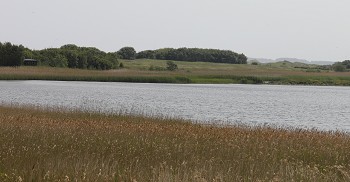
|
'Catch my Drift' was a National Lottery Project from 2019-2024 which focused on restoring habitats and improving access. Staff and volunteers renovated hides, resurfaced paths, installed new sluice gates and improved interpretation across the site, as well as undertaking ecological survey work.
25 hectares of wildflower meadow have been sown. Further funding for the Biodiversity Boost Project from Defra and the National Lottery Heritage Fund Species Survival Fund in 2025, has allowed further work to be undertaken at East and West Chevington and Hauxley Reserves.
In the evening, meet for dinner at the Sun Hotel, Warkworth, NE65 0UP.
DAY 2: WILDER WALLINGTON NATIONAL TRUST
The Wallington Estate is the largest intact Estate in the National Trust. Since 2021, the Wilder Wallington team, with support from partners, tenants and the local community, has been working on a large-scale restoration project.
Many iconic species: red squirrel, bats, raptors, white clawed crayfish and beavers call Wallington home, and conservation projects are underway to support and protect these species.
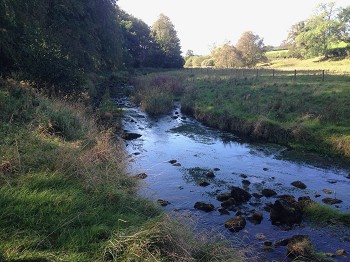
|
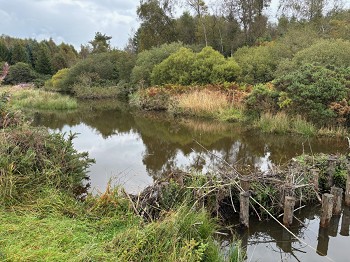
|
The National Trust's plans include:
- Bringing rivers back to life by helping to slow the flow of water and alleviate flooding, repairing banks, creating new habitats for wildlife and tackling the rise of invasive non-native species through the Wansbeck Restoration for Climate Change Project.
- Encouraging the migration of Pine Martens from a population established just north of the Estate, in partnership with the Vincent Wildlife Trust, which will help increase biodiversity to the area.
- Since 2021, nearly 319,000 trees have been planted in woodland compartments, hedgerow, wood pasture and riparian corridors on the Estate.
- Restoration of wetland and peatland to slow the flow of water for natural flood management.
- Restoration of species-rich grassland on Wallington's Front Park.
- Developing the Wilder Wallington Project volunteer team to help us monitor and survey the Estate for birds, bats, plants, butterflies and more.
